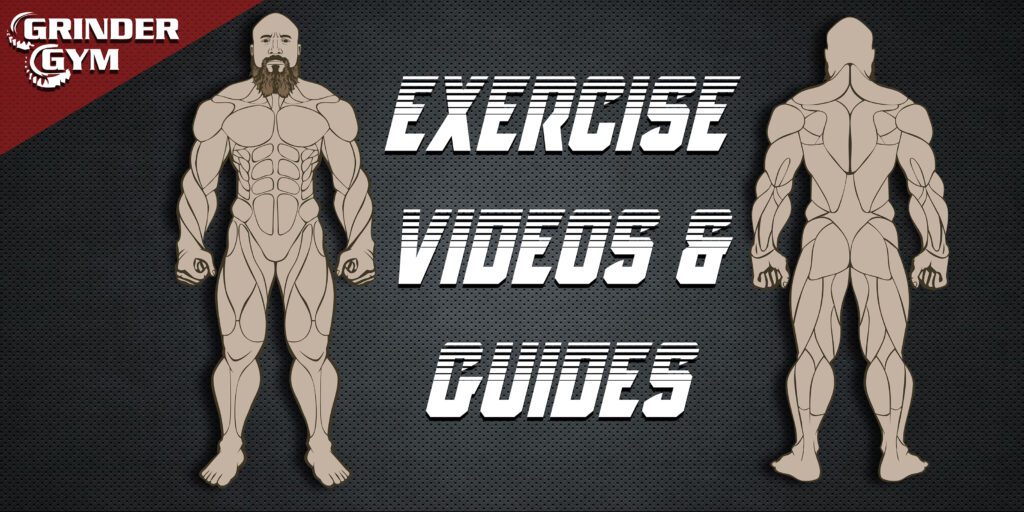Powerlifting is a sport that involves lifting heavy weights in the squat, bench press, and deadlift disciplines. While strength is a key factor in powerlifting, body weight can also play a role in determining the weight class that a lifter competes in. Many powerlifters choose to “cut weight” before a meet in order to qualify for a lower weight class and potentially have an advantage over their competitors. However, cutting weight can also have negative effects on performance if not done safely. Here is a comprehensive guide on how to safely lose weight for a powerlifting meet.
- Determine your current weight and body fat percentage. Before you can decide how much weight you want to cut, it’s important to know your starting point. Use a scale and a body fat calculator or have your body fat percentage measured by a professional to get a sense of where you are.
- Determine your target weight class. Powerlifting weight classes are based on body weight, and the categories range from the lightest at 43kg to the heaviest at over 140kg. Determine which weight class you want to compete in and what your target weight would be for that class.
- Consider your performance goals. Cutting weight can affect your strength and performance, so it’s important to consider whether the potential benefits of competing in a lower-weight class outweigh the potential negative effects on your performance. If you are already at a healthy weight and body fat percentage, it may not be worth it to try to cut a significant amount of weight. On the other hand, if you are significantly above your target weight class and have a high body fat percentage, cutting weight may be necessary in order to perform at your best.
- Consult with a professional. If you are considering cutting a significant amount of weight, it’s a good idea to consult with a sports nutritionist or dietitian. They can help you create a safe and effective weight loss plan that will support your performance goals and ensure that you are getting all the nutrients you need.
- Gradually cut weight over time. Rather than trying to cut a large amount of weight in a short period of time, it’s best to gradually cut weight over several weeks or even months. This will allow you to adjust to the changes in your diet and training and will also be easier on your body.
- Stay hydrated. Dehydration can affect your performance, so it’s important to stay hydrated while cutting weight. Aim to drink at least 8-12 cups of water per day and include electrolytes in your diet to help maintain hydration levels.
- Focus on diet and exercise. The most effective way to lose weight is through a combination of diet and exercise. To lose weight safely, aim to create a calorie deficit by reducing your intake of high-calorie, unhealthy foods and increasing your intake of fruits, vegetables, and lean protein sources. In addition, incorporate both aerobic exercise and strength training into your workout routine. Aerobic exercise, such as running, cycling, or swimming, can help you burn calories and lose fat, while strength training can help you maintain muscle mass and improve your powerlifting performance.
- Avoid drastic weight cuts and dangerous diuretics. It is important to note that drastic weight cuts or the use of dangerous diuretics can have serious negative consequences on your health and performance. Drastic weight cuts involve losing a large amount of weight in a short period of time, often through extreme calorie restriction or the use of diuretics. This type of weight loss can lead to muscle loss, decreased energy levels, and impaired performance. It can also have negative impacts on your mental and physical health, including increased risk of injury, nutrient deficiencies, and dehydration.
Diuretics, which are substances that increase the production of urine, are often used in an attempt to quickly lose water weight. However, they can have dangerous side effects, including electrolyte imbalances, kidney damage, and heart problems. In addition, the use of diuretics is prohibited in many sports and can result in disqualification or suspension.
Instead of resorting to drastic weight cuts or the use of diuretics, it is safer and more effective to gradually cut weight over time through a combination of diet and exercise. This will allow you to maintain muscle mass and performance while losing body fat, and will also reduce the risk of negative health consequences.
- Monitor your progress. As you work towards your weight loss goals, it’s important to regularly monitor your progress to ensure that you are on track. Use a scale and a body fat calculator to track your weight and body fat percentage, and keep track of your diet and exercise habits. If you are not seeing the results you want, consider adjusting your diet or increasing your exercise intensity to create a larger calorie deficit.
- Stay motivated. Losing weight can be a challenging process, and it’s important to stay motivated and focused on your goals. Surround yourself with supportive friends and family members, and set small, achievable goals along the way to help keep you motivated. Remember that the process of cutting weight is temporary and the benefits of competing in a lower-weight class can be well worth the effort.
In conclusion, cutting weight for a powerlifting meet can be a challenging but rewarding process. By following the guidelines outlined above and consulting with a professional, you can safely and effectively lose weight in a way that supports your performance goals. Remember to gradually cut weight over time, focus on diet and exercise, avoid drastic weight cuts and dangerous diuretics, monitor your progress, and stay motivated in order to achieve your weight loss goals in a healthy and sustainable way.

